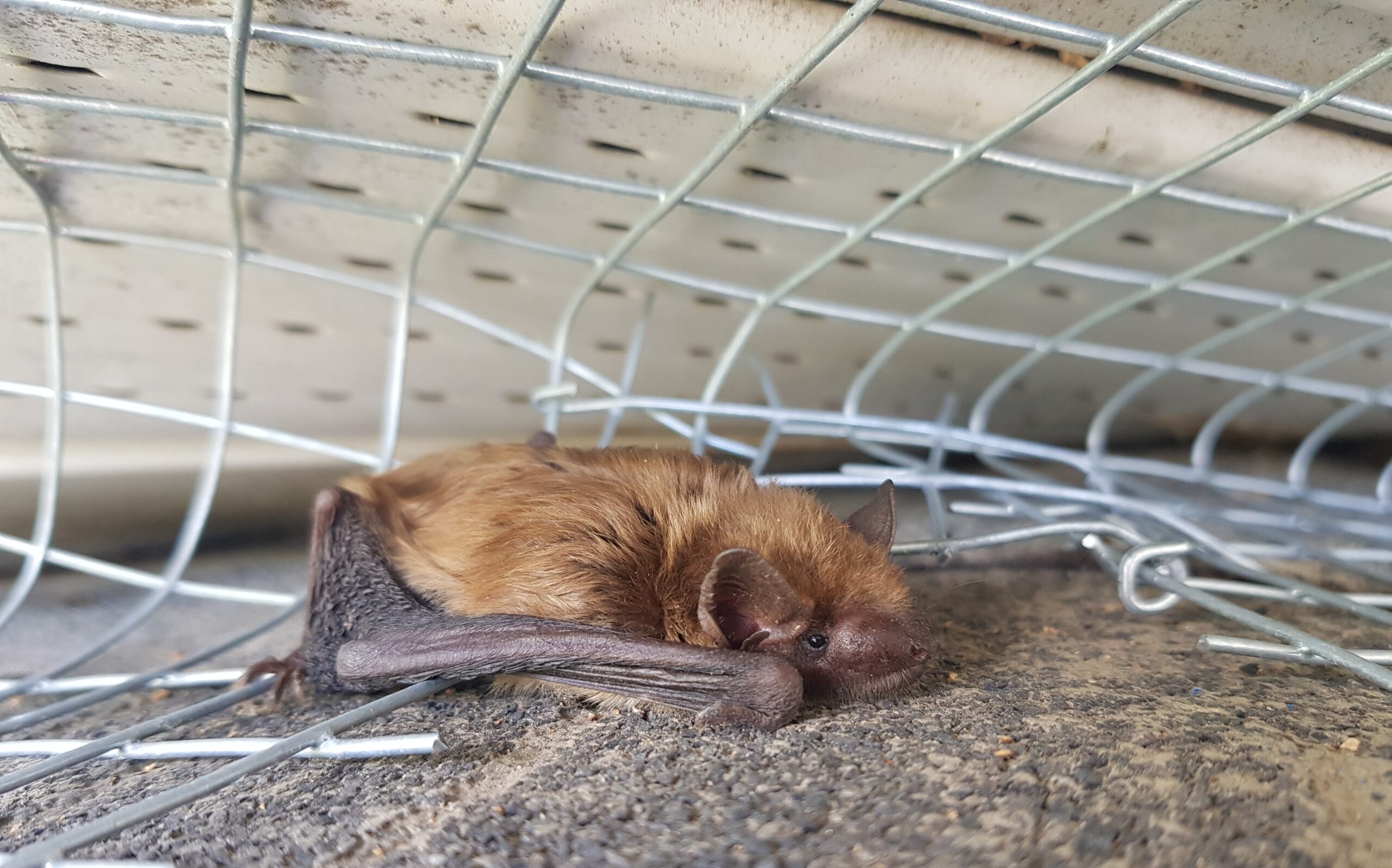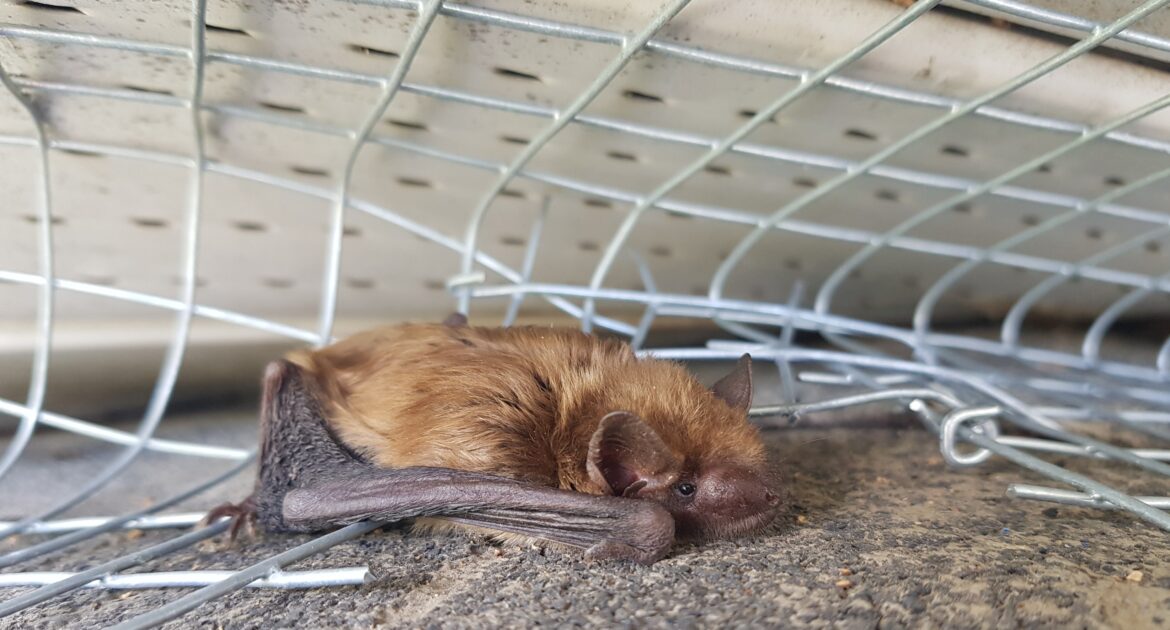If you’ve tried getting rid of bats in your attic or siding, you may have been told that there’s nothing you can do until summer. A lot of homeowners are confused when they can’t evict their uninvited guests, but there’s a good reason. Certain populations of bats are in danger of becoming extinct. Here’s why removing them at the right time is so critical.
Bats Are Ecologically Important
Both human encroachment and a deadly fungal disease called white-nose syndrome have devastated North American populations in recent years. White-nose syndrome prevents creatures from properly hibernating, causing them to use up energy stores and starve to death.
In some cases, the disease kills an entire colony. So far, only a portion of all colonies have been affected, but scientists estimate that as many as 6 million bats have died from the disease..
This isn’t just bad for bats, it’s bad for us. Bats provide many crucial ecosystem services. Some species are excellent pollinators, pollinating over 300 varieties of plants. Nature’s only winged mammals also keep insect populations in check.
By consuming large quantities of mosquitos and other biting insects, they prevent dangerous diseases like malaria from spreading northward. They also reduce pests that negatively impact the growth of the crops we depend on.
Even if you don’t care about wildlife conservation, you might see protecting bats as an economic issue. Farmers spend billions each year on pesticides, but most still end up losing or throwing away a portion of each year’s harvest.
Given their importance and special endangered status, government agencies have enacted laws to protect threatened species. If you’re a homeowner, this means you won’t be able to remove an infestation until bat season. When you do call someone to help, you’ll need to use non-lethal means that protects the colony.
Pups Can Only Survive Once They’ve Grown Up
Bat mothers give birth in late spring or early summer. They take approximately four to five weeks to grow large enough that they can fly on their own.
The warmer months are critical for flying mammals, as they’re a time of abundance. Summer conditions are perfect for honing insect-catching skills and otherwise learning how to acquire necessities. By the time fall rolls around, pups have had time to grow large enough to stand a chance of surviving the winter.
If the bats in your home have given birth, you will have to wait until August once they have grown and are ready to depart. This gives them the best chance of finding a new roosting site.
Hibernating Animals Are Vulnerable to the Cold
Your attic is a valuable refuge for bats during the colder months. Many flying mammals hibernate, as food is scarce when the weather is cold. While fall and spring might seem like perfect times to evict animals, no responsible wildlife control agency works during these seasons.
This is because creatures left outdoors may not be able to find an alternate roost in time. Some keep multiple roosts for use during different seasons, but others don’t. Given the risk, it’s simply not worth it.
Bat Removal
If you have a bat colony living in your home, don’t try to deal with it on your own. Not only is this hazardous but it’s also often illegal.
A qualified humane removal expert knows exactly when and how to remove them safely from your home. At Skedaddle Humane Wildlife Control, we address your situation with care and compassion. We’ll evict your guests, let them leave safely and seal off entry and exit points so you never have to worry again. For expert service, call Skedaddle today.




